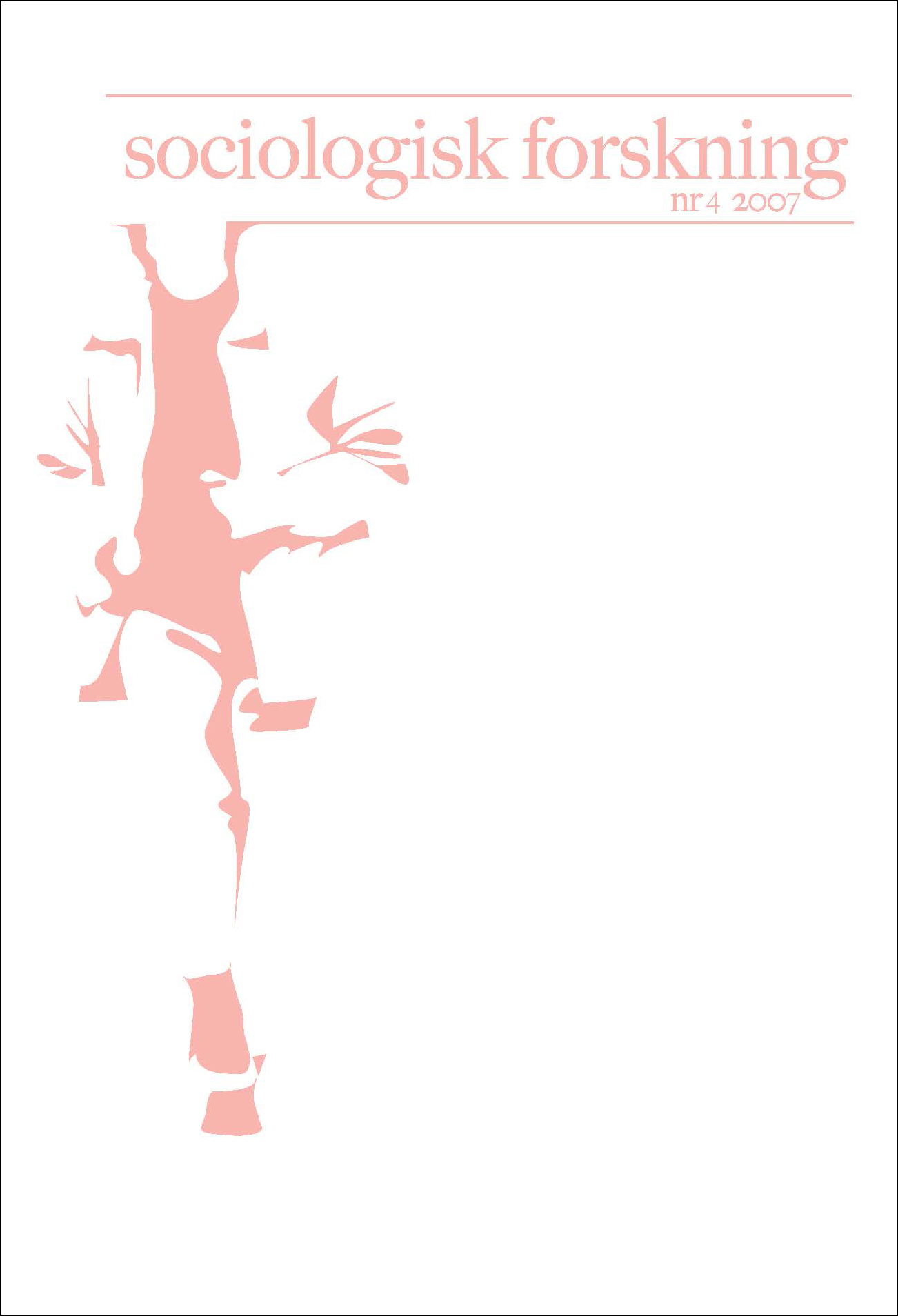Natthärbärget som vandrande lösning
DOI:
https://doi.org/10.37062/sf.44.19284Nyckelord:
shelters, homelessness, voluntary organizations, recurrent solutionsAbstract
The shelter as a recurrent solution to homelessness
During most of the 20th century shelters for the homeless has been criticized as being of too low standard and an unworthy way of living in a welfare society. During the 1960s and 1970s most shelters in Sweden were shut down and replaced with other forms of housing for the homeless. Since the late 1980s and early 1990s the issue of homelessness has returned to the political agenda as an existing social problem in Sweden. In this period we have also experienced a return of the shelters. These newly opened shelters are in many ways based on the same ideas like the old shelters described in stories of poverty and deprivation from the 19th century. In our article we raise the question how a system that has been rejected and condemned from both ethical and ideological standpoints as an unworthy way of living can be “remodernized” and considered again as a (temporary) solution to homelessness. We examine how shelters are justified in the 21st century and what functions they fill. We also discuss the fact that the shelters are almost exclusively run by (religious) voluntary organizations.
Downloads
Publicerad
Referera så här
Nummer
Sektion
Licens
Allt material i Sociologisk Forskning publiceras med omedelbar öppen tillgång (open access), under Creative Commons-licensen CC BY-NC-ND 4.0.
Allt innehåll i tidskriften är fritt tillgängligt utan kostnad och får för icke-kommersiella syften fritt läsas, laddas ned, kopieras, delas, skrivas ut och länkas. Innehållet får dock inte ändras. När innehållet används måste författare och källa anges. Upphovsrätten till innehållet tillhör respektive författare. Inga publiceringsavgifter tas ut.





